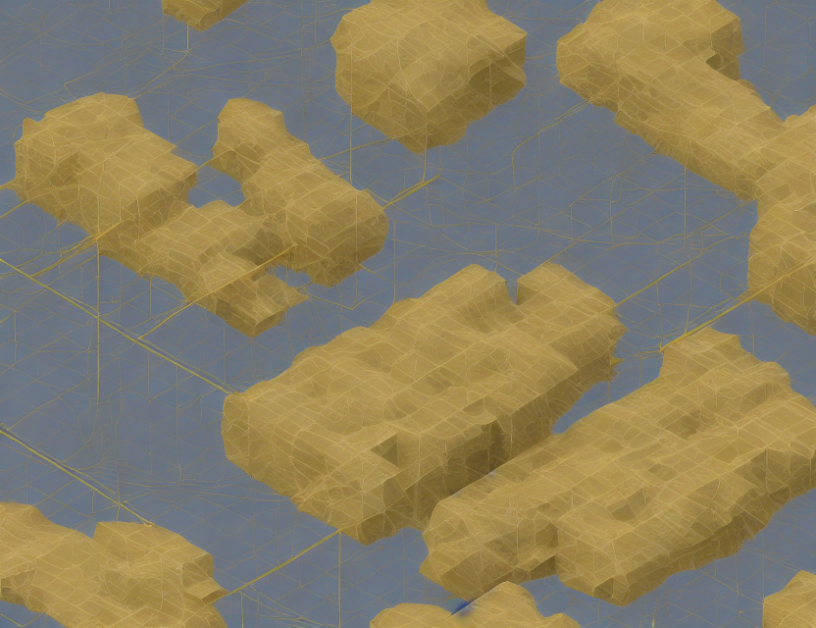In this article, the authors investigate the potential of artificial neural networks (ANNs) to solve inverse problems in elasticity. Specifically, they compare the performance of two types of ANNs, called NNu and NNm, when applied to different scenarios involving the estimation of space-dependent parameters in elasticity. The authors demonstrate that their proposed architecture for NNu allows for a significant reduction in the number of neurons required compared to previous works using PINNs for inverse problems in elasticity. They also show that their approach can provide accurate results even when dealing with noisy data and a limited number of measurement points.
To explain their findings, the authors use an analogy to help readers understand the concept of ANNs in elasticity. They compare the process of estimating space-dependent parameters using ANNs to a game of "guessing the hidden treasure." Just as treasure hunters use clues and maps to narrow down their search, ANNs use complex algorithms to identify the most likely values for the hidden parameters based on the available data.
The authors highlight several key findings from their study:
- NNu architecture: The proposed architecture for NNu allows for a significant reduction in the number of neurons required compared to previous works using PINNs for inverse problems in elasticity. This is achieved by using a simpler structure with three fully connected layers, each with a smaller number of neurons than previously used.
- Noise robustness: The authors show that their approach can provide accurate results even when dealing with noisy data and a limited number of measurement points. They demonstrate that their method can accurately estimate the space-dependent parameters in the presence of noise, making it a more practical solution for real-world applications.
- Lower computational cost: By using a simpler architecture and a smaller number of neurons, the authors’ approach reduces the computational cost compared to previous works using PINNs for inverse problems in elasticity. This makes their method more efficient and suitable for large-scale problems.
- Versatility: The authors demonstrate that their proposed architecture can be applied to different scenarios involving the estimation of space-dependent parameters in elasticity, such as the presence of heterogeneous materials or scar inclusions.
In conclusion, the authors’ study demonstrates the potential of ANNs for solving inverse problems in elasticity, particularly when dealing with complex constitutive laws and limited data availability. Their proposed architecture and training strategy offer a more practical and efficient approach compared to previous works using PINNs for these types of problems.



